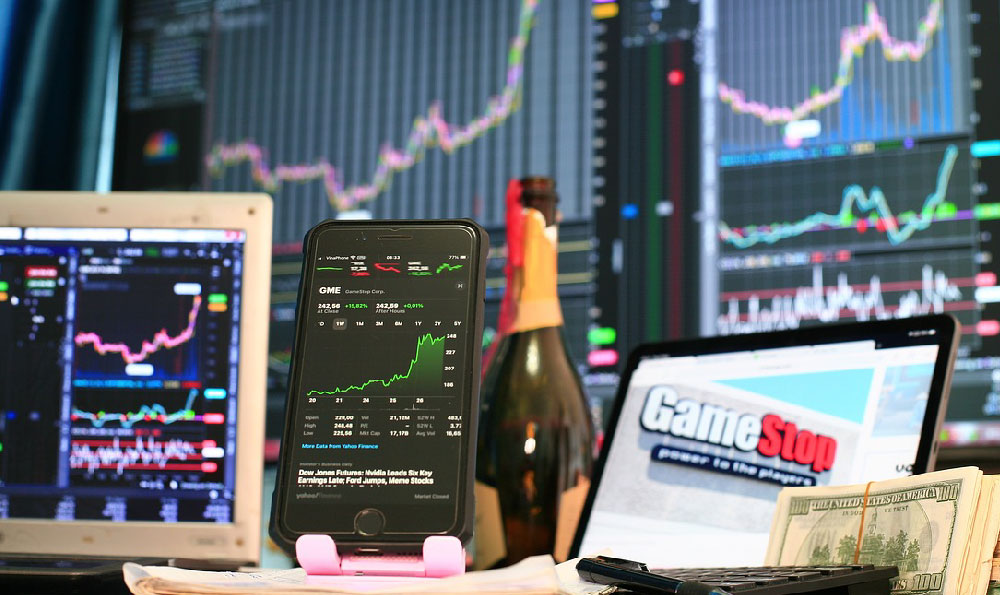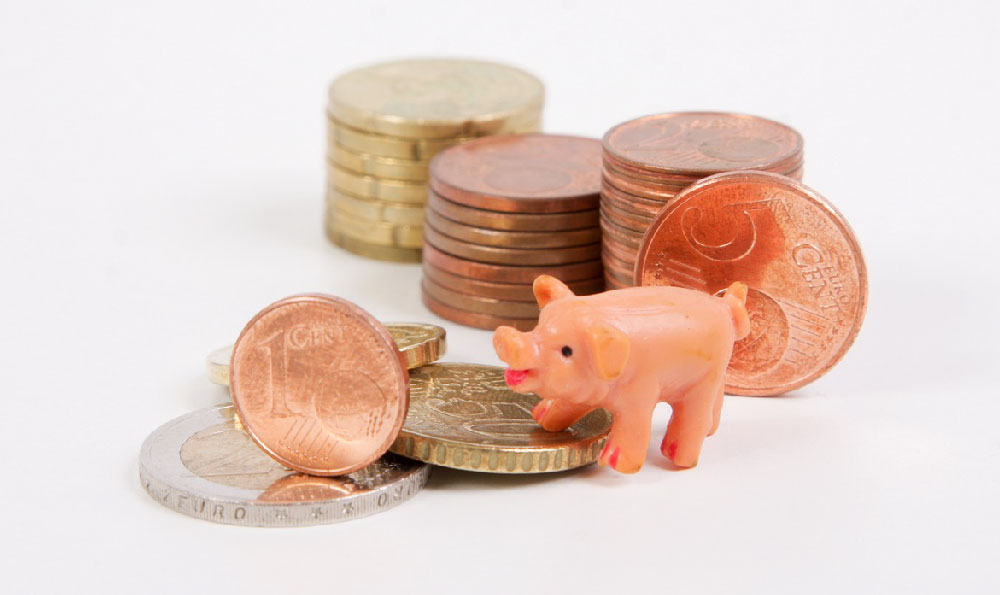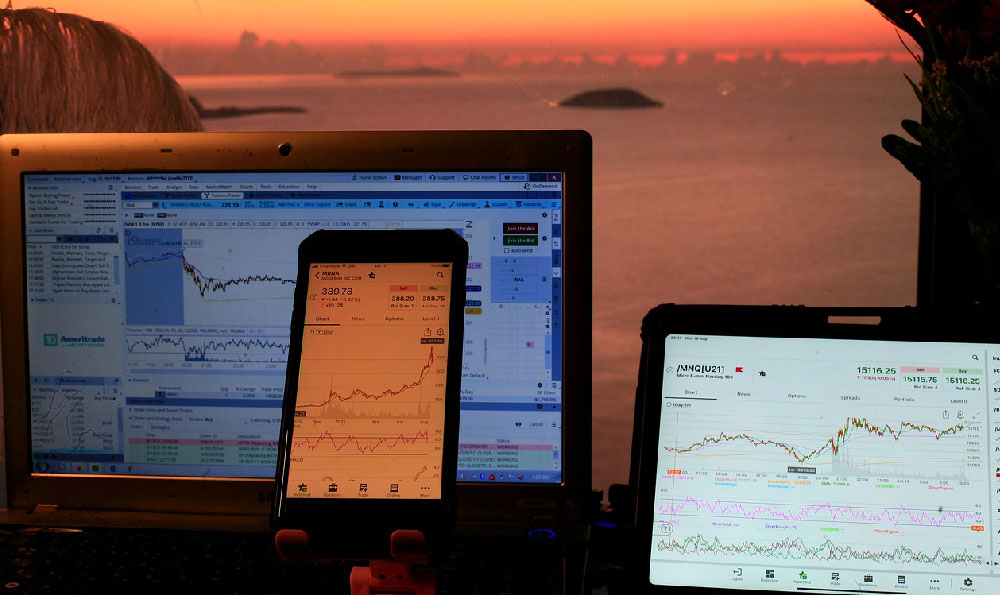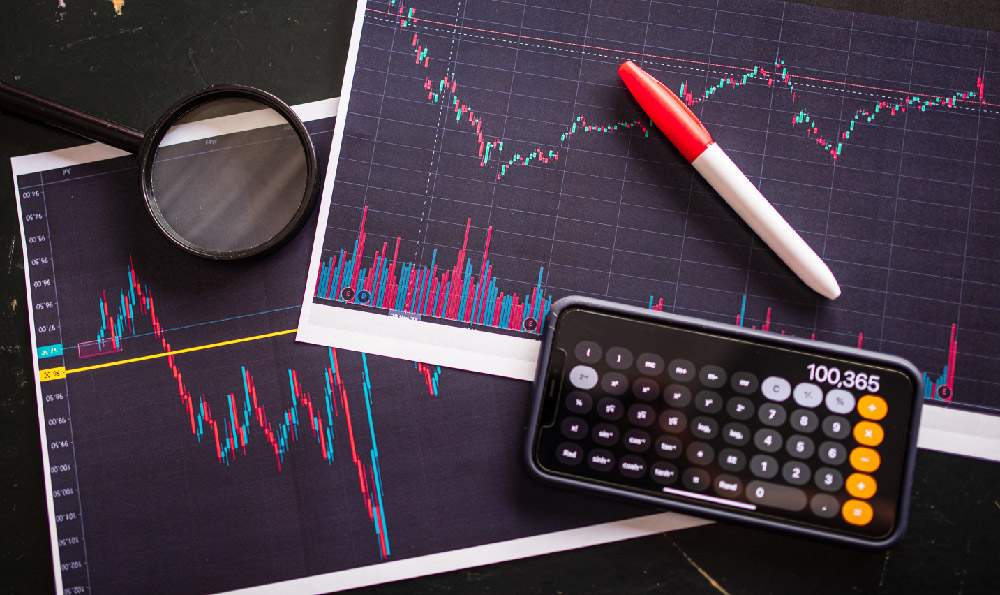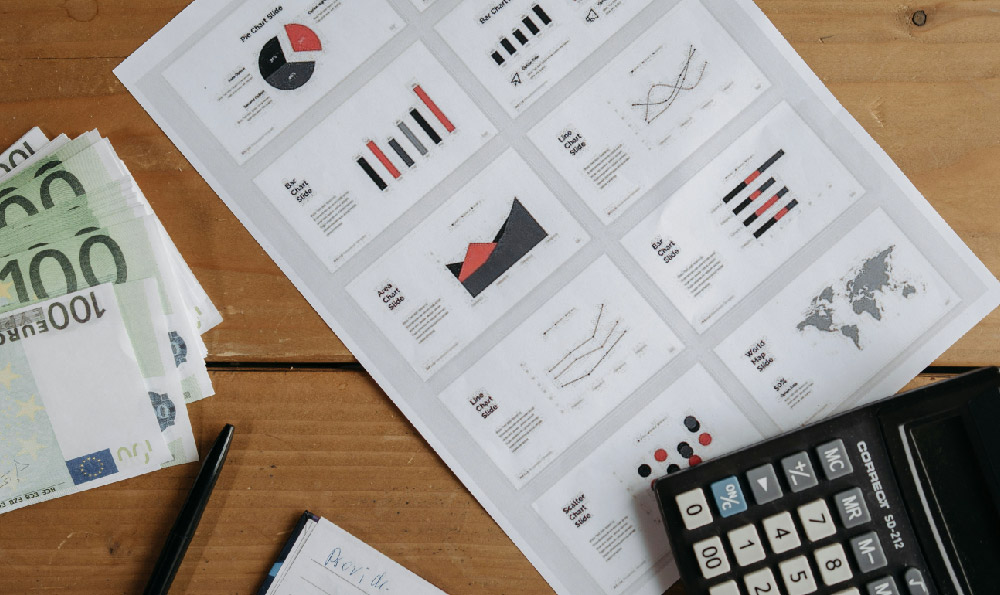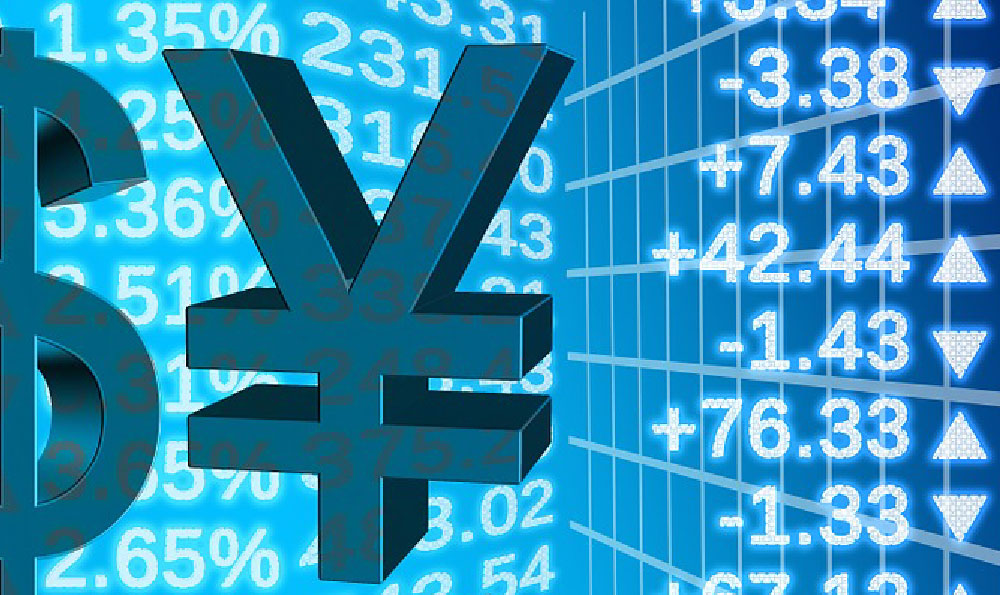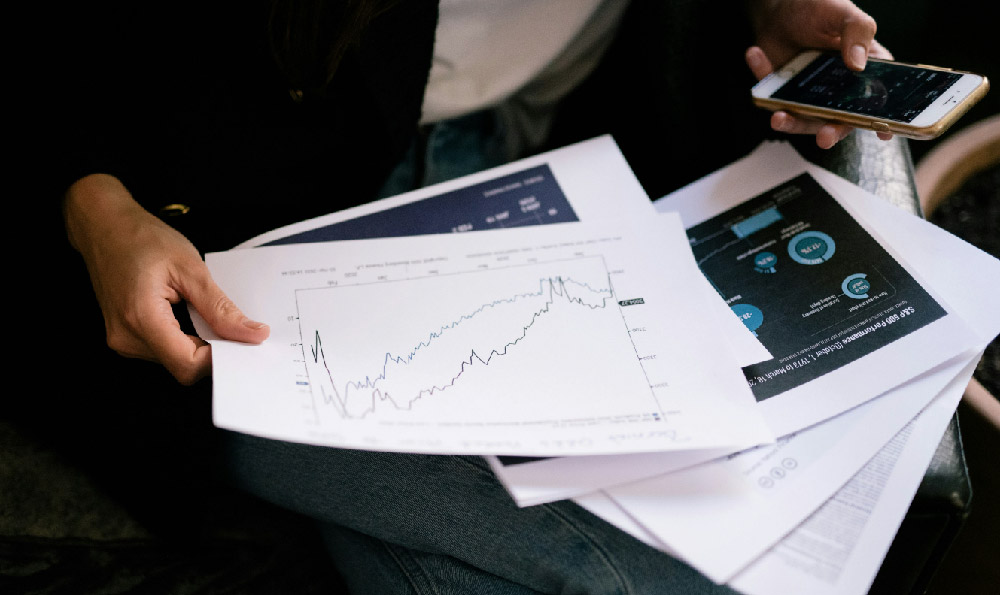Elon Musk's ascent to becoming one of the wealthiest individuals in the world is a multifaceted story, driven by a combination of innovation, risk-taking, strategic investments, and an unwavering ambition. Understanding how he amassed his fortune requires tracing his entrepreneurial journey, starting from his early ventures to his current leadership roles at Tesla and SpaceX.
Musk's entrepreneurial spirit was evident early in his life. Born in Pretoria, South Africa, he displayed a keen interest in technology and business. At the age of 12, he taught himself computer programming and sold his first software, a video game called Blastar, for $500. This early success fueled his ambition and laid the foundation for his future endeavors.
After moving to Canada at age 17 to avoid mandatory military service in South Africa, he attended Queen's University and later transferred to the University of Pennsylvania, where he earned degrees in physics and economics. He initially planned to pursue a PhD in physics at Stanford University but dropped out after just two days to join the burgeoning internet industry.
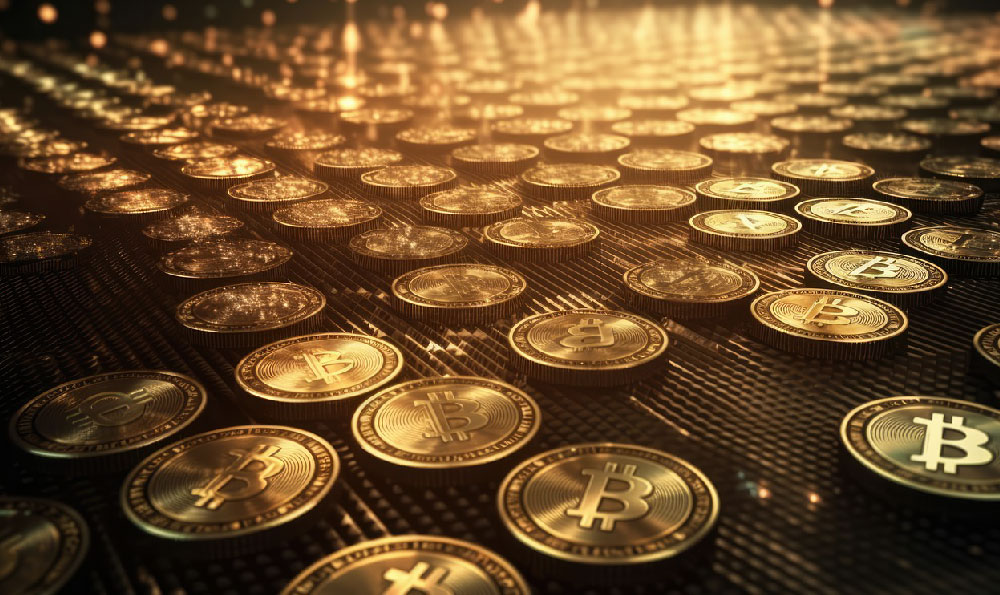
His first major success came with Zip2 Corporation, an online city guide he co-founded with his brother, Kimbal Musk, in 1995. Zip2 provided newspapers with online versions of their city guides, offering businesses a platform to connect with customers. The company gained significant traction and was eventually acquired by Compaq in 1999 for $307 million in cash and $34 million in stock options. Musk, who held a 7% stake in Zip2, received approximately $22 million from the deal, marking his first substantial financial gain.
This windfall provided Musk with the capital to pursue his next venture: X.com, an online financial services and e-mail payment company, which he founded in 1999. X.com was ambitious, aiming to revolutionize online banking and payments. However, the company faced fierce competition and internal conflicts. In 2000, X.com merged with Confinity, a company that had developed PayPal, a popular payment platform. Musk became the CEO of the merged company, but his leadership style clashed with other executives, and he was eventually ousted. However, his vision for online payments remained intact.
In 2002, eBay acquired PayPal for $1.5 billion in stock. As the largest shareholder, Musk received approximately $180 million after taxes. This sale proved to be a pivotal moment in Musk's career, providing him with the financial resources to pursue his ambitious and transformative visions in the fields of space exploration and electric vehicles.
With the proceeds from the PayPal sale, Musk embarked on two groundbreaking ventures: SpaceX and Tesla. In 2002, he founded SpaceX with the audacious goal of reducing space transportation costs and enabling the colonization of Mars. SpaceX faced numerous setbacks and near-failures in its early years. The first three launches of the Falcon 1 rocket failed, putting the company on the brink of collapse. However, the fourth launch in 2008 was successful, marking a turning point for SpaceX and validating Musk's vision. Since then, SpaceX has become a leading provider of commercial space launch services, securing contracts with NASA and private companies. The company has also made significant advancements in reusable rocket technology, dramatically reducing the cost of space travel. SpaceX’s valuation has soared, contributing substantially to Musk’s net worth.
In 2004, Musk invested in Tesla Motors (now Tesla, Inc.), an electric vehicle company founded by Martin Eberhard and Marc Tarpenning. He became the chairman of the board and later assumed the role of CEO in 2008. Tesla faced significant challenges in its early years, struggling with production delays, quality control issues, and financial difficulties. Musk played a crucial role in rescuing the company from near-bankruptcy, investing his own capital and securing additional funding. Under his leadership, Tesla has become a dominant force in the electric vehicle market, producing innovative and high-performance vehicles that have revolutionized the automotive industry. Tesla's success has been a major driver of Musk's wealth, as the company's stock price has surged exponentially in recent years.
While SpaceX and Tesla are the primary drivers of Musk's wealth, his other ventures also contribute to his overall financial success. He is the founder of The Boring Company, which aims to reduce traffic congestion by building underground tunnels. He also co-founded Neuralink, a neurotechnology company that is developing implantable brain-machine interfaces. These ventures, while still in their early stages, have the potential to generate significant returns in the future.
Musk's investment philosophy is characterized by a high-risk, high-reward approach. He is willing to invest in unconventional and ambitious projects that have the potential to disrupt entire industries. He is also known for his long-term perspective, focusing on creating lasting value rather than short-term profits. This approach has paid off handsomely, as his companies have transformed the space exploration, automotive, and energy industries.
In conclusion, Elon Musk's fortune is not the result of a single stroke of luck, but rather a culmination of entrepreneurial vision, strategic investments, relentless execution, and a willingness to take risks. He started with a small software sale as a teenager and built upon that foundation by founding and investing in companies that have revolutionized multiple industries. His success serves as an inspiration to aspiring entrepreneurs and demonstrates the power of innovation and perseverance in achieving ambitious goals. His story underscores the importance of identifying emerging trends, taking calculated risks, and building strong teams to execute a bold vision. It's a testament to the idea that with sufficient drive and a revolutionary idea, almost anything is possible.




